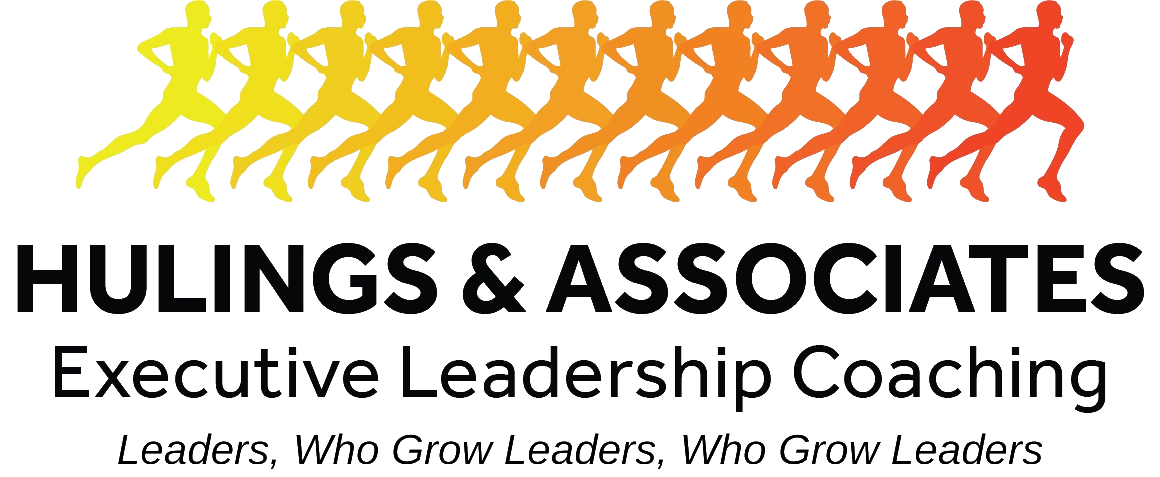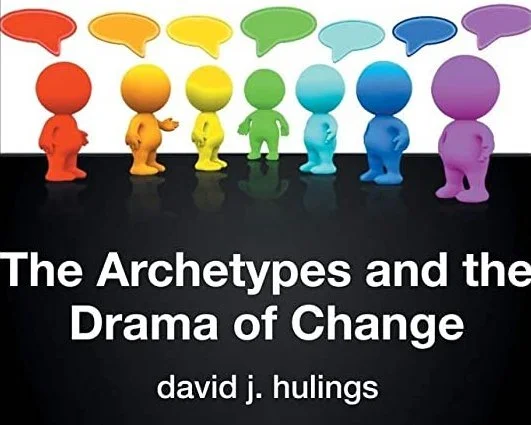Leadership Cohort Sessions
Leadership and Style
(Book: Just Middle Manager ©2017)
Big Idea: When we understand the prime imprints of our lives (archetypes), we can use them as a tool to expand our leadership acumen and/or create a common language for working with our colleagues and staff. (Archetypes are the software of our personality and provide a fluid and flexible understanding of how to adapt our leadership to a variety of situations and other personalities.)
Takeaway:
At the end of the training session, attendees ...
... will be able to identify twelve archetypes (six pairs) that can imprint their lives and subsequently impact their leadership style.
... will be able to identify (in themselves and others) the strengths and shadows of each archetype and how each relates to their leadership style.
... will receive a detailed report that identifies their most favored archetypes and those they may struggle using in their leadership style. Along with the report they will receive material that summarizes the archetypes and allows them to do follow up in regard to their specific growth edges.
... will know how to pivot from one archetype to another and know which archetype to use to
balance their leadership style.
Leadership and Gap Analysis (Mindset)
(Book: Gap Analysis © 2023)
Big Idea: Our past experiences and accumulated knowledge have imprinted our mind and formed beliefs, values, passions, purpose and commitments in our lives. But, it has also produced fears. These have produced in us, our mindset. We often know how to close a technical gap in our staffing, but how do we close a mindset gap? Using an understanding of archetypal imprints, this session will provide a tool to leaders to identify their own mindset gaps, as well as how to close the mindset gaps of their staff.
Takeaway:
At the end of the training session, attendees ...
... will be able to identify how a mindset is formed based upon how archetype imprints are formed in our lives throughout our lives. They will both understand and know how to discover the thought river of their own world and that of their staff.
... will be able to identify and adjust their own cognitive anchors, assumed constraints and the stronghold they run to for safety.
... will be able to identify (via archetypal imprints) their own and/or their staff core beliefs, values, passions, purpose/commitments and fears.
... will be able to see how those beliefs, values, passions, purpose/commitments and fears cause our mindsets to be fixed or fluid.
... will be provided a tool to coach themselves and/or their staff through a change process that improves performance by identifying the why behind their change challenges, based upon these archetypal imprints.
... will walk away knowing the power of both transactional and transformational leadership, but how to use the latter to accomplish a richer outcome of the former.
Takeaways - Leadership and Rebuilding Trust After Conflict
(Book: TRUST! ©2023)
Big Idea: What is your formula for working through conflict to restore broken trust? In this session we will answer this question and provide a framework to both identify what destroyed, damaged or dinged trust and the language and structure to begin the restoration process. Using archetypal language we will discover the unique trust language at the core of each archetype and use that language to open the door to trust again.
Takeaway:
At the end of the training session, attendees ...
... will learn a formula for turning conflict into avenues to restore and rebuild trust. Although the reasons for broken trust vary, the attendees will leave with a systematic formula to use in the broken trust dilemma.
... will learn six catalyst for conflict, what fear each catalyst produces and what assurance each catalyst needs to mitigate that fear. We often address the behaviors surrounding the mistrust, but seldom the fears that are created by the conflicts. This session addresses those fears.
... will learn the trust language of twelve archetypes, which is essential to know how to rebuild trust. Most have heard of and/or studied the concept of love languages. But, we also have a unique trust language. Knowing the possible trust language of someone gives us a more powerful approach to restoring broken trust.
... will learn how to communicate using this trust language and the pitfalls that often cause the mistrust to continue within the organization/culture.
Takeaways - Leadership and Change
(Book: Archetypes and the Drama of Change ©2018)
Big Idea: We have all heard the statement, “No one likes change!” However, it seems we are constantly changing everything, every day. We are being ask to change on a repeated basis. How can we approach change to assure the drama is diminished, but the change story is enriched? That is the goal of this session. Using an archetypal structure and a systematic approach, attendees will learn how to not just produce positive change, but enhance the organizations change story; a drama story repeated and told for years.
Takeaway:
At the end of the training session, attendees ...
... will be able to identify and structure the first Act of the Change Drama: The Developmental Archetypes. Using archetypal language to discover how the formation of an idea interacts with the established norms of the culture, attendees will know how to blend the voices of four archetypes in harmony to make sure the idea is ready for the culture and the culture is ready for the idea.
... will be able to identify and structure the second Act of the Change Drama: The Structural Archetypes. We will use archetypal language to discover how to move the idea from the incubation stage to the implementation stage. We will blend the voices of four archetypes in harmony to make sure the idea is not only put into practice but matures as it does so.
... will be able to identify and structure the third Act of the Change Drama: The Attitudinal Archetypes. We will use archetypal language to discover how to adjust, massage and improve the attitudes of those impacted by the change. Seldom in a change process do we, with intentionality, guide the attitudes of those working the change. We often simply react to attitudinal demands as they unfold. Using four specific archetypes we will unfold how to make sure the attitudes of the those doing the change are growing and maturing just as the change is growing and maturing.





